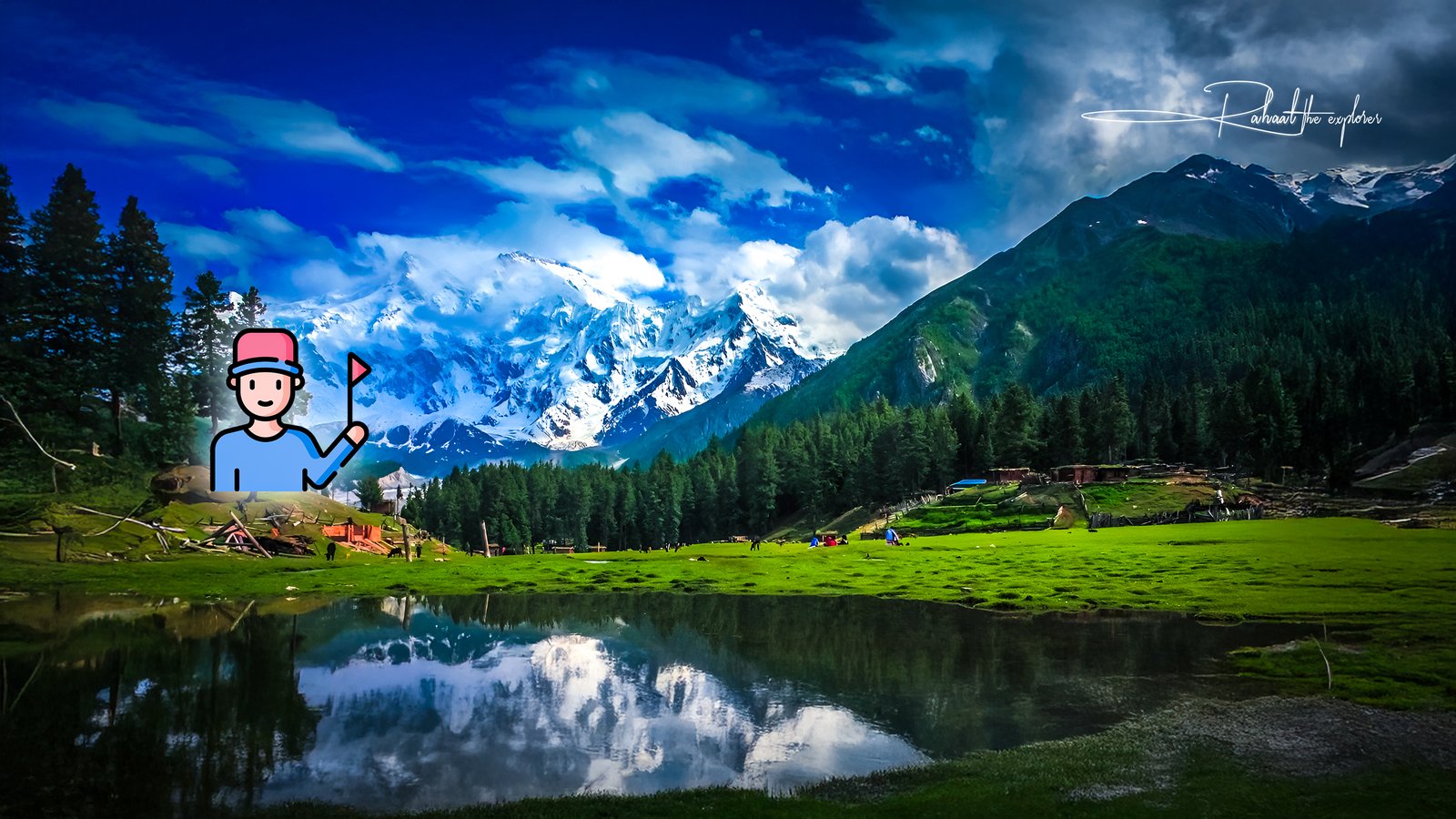Introduction
Few natural landmarks in England are as symbolic as the White Cliffs of Dover. Rising proudly from the English Channel, these towering chalk cliffs are more than just a geological wonder—they represent resilience, national pride, and centuries of history. From ancient invasions to World War II defense, the White Cliffs of Dover have stood as England’s guardians, etched into both the land and the nation’s collective imagination.
In this guide, we’ll explore the history, legends, and cultural significance of the cliffs, as well as practical travel tips for those planning a visit.
The Geological Marvel of the White Cliffs of Dover
The cliffs stretch for about 8 miles along England’s southeastern coastline, reaching heights of up to 350 feet. Their dazzling whiteness comes from chalk—a soft limestone composed of the skeletal remains of tiny marine organisms from millions of years ago.
Over time, erosion from the sea sculpted the cliffs into their dramatic form. Their bright color makes them visible from France on clear days, serving as a natural symbol of Britain’s boundary.
Historical Significance of the White Cliffs of Dover
1. Ancient Gateway to Britain
For centuries, the cliffs have been the first sight for travelers arriving from continental Europe. Romans landed here during their conquests, and the cliffs stood as a natural barrier against invasions.
2. Medieval Defenses
Dover Castle, often called the "Key to England," sits atop the cliffs. The fortress has guarded the English Channel since Norman times, offering breathtaking views across to France.
3. World War II Symbolism
During WWII, the White Cliffs of Dover became a powerful emblem of hope and defense. Soldiers departing for battle would look back at the cliffs as their last glimpse of home, while returning troops saw them as a sign of safety.
The White Cliffs of Dover in Culture and Legends
1. A Symbol of Hope in Music
Perhaps the most famous cultural reference is the wartime song “(There’ll Be Bluebirds Over) The White Cliffs of Dover”, performed by Vera Lynn in 1942. The song uplifted spirits during dark times and remains an enduring anthem of resilience.
2. Legends of Ancient Defenders
Local folklore tells of spirits watching over the cliffs, protecting England from invaders. Some say that the cliffs are infused with the courage of past warriors who defended the land.
3. In Literature and Art
The cliffs have inspired Shakespeare (King Lear), William Blake, and countless painters. Their dramatic beauty symbolizes both protection and isolation, making them a recurring motif in English literature.
Visiting the White Cliffs of Dover
For travelers, the cliffs are not only a historical landmark but also a breathtaking natural site to explore.
1. How to Get There
- By Train: A short journey from London (around 1 hour) to Dover Priory Station.
- By Car: About 2 hours from London via the M20 or A2.
- By Ferry: Arriving from France offers a striking first view of the cliffs.
2. Best Walking Routes
The National Trust manages walking trails along the cliffs. Popular routes include:
- Dover to South Foreland Lighthouse: A 4-mile walk with spectacular sea views.
- Dover to St. Margaret’s Bay: A charming route with coastal charm.
3. Visitor Facilities
The National Trust Visitor Centre offers parking, a café, and guided information about the cliffs’ geology and history.
Flora and Fauna at the White Cliffs of Dover
The chalk grassland ecosystem supports a wide variety of plants and wildlife:
- Butterflies: Chalkhill blues and Adonis blues thrive here.
- Birds: Peregrine falcons, skylarks, and gulls soar above the cliffs.
- Plants: Wild thyme, rock samphire, and orchids dot the grasslands.
Conservation efforts help preserve this delicate environment from erosion and over-tourism.
The White Cliffs in Modern Symbolism
Even today, the White Cliffs of Dover symbolize England’s identity. They represent endurance, hope, and national pride. For travelers crossing the Channel, they remain a dramatic and unforgettable sight.
Legends and Myths Surrounding the Cliffs
- The Guardian Spirits: Some tales suggest that spirits of fallen warriors inhabit the cliffs, keeping watch over the Channel.
- The Bluebirds: The song lyric about bluebirds over the cliffs sparked myths that these birds bring peace and protection.
- Hidden Tunnels and Smugglers: Beneath the cliffs lie secret passageways once used by smugglers and later reinforced for wartime defense.
Practical Tips for Your Visit
- Best Time to Visit: Summer for clear skies, spring and autumn for fewer crowds.
- Wear Comfortable Shoes: The trails can be uneven and windy.
- Stay Safe: Keep away from cliff edges—they are prone to erosion.
- Bring Binoculars: Perfect for spotting wildlife and distant views of France.
FAQs about the White Cliffs of Dover
Q1: Why are the White Cliffs of Dover so famous?
They are an iconic symbol of England, representing national pride, defense, and cultural heritage.
Q2: Can you walk along the White Cliffs of Dover?
Yes, the National Trust maintains walking paths with breathtaking views.
Q3: Are the White Cliffs of Dover eroding?
Yes, natural erosion is ongoing, but conservation efforts help protect the landscape.
Q4: What is the best viewpoint of the cliffs?
The South Foreland Lighthouse trail and the Dover Castle vantage points are excellent.
Q5: How tall are the White Cliffs of Dover?
They reach up to 350 feet (110 meters) in height.
Conclusion
The White Cliffs of Dover are more than a natural wonder—they are a living symbol of England’s spirit, resilience, and history. From Roman invasions to wartime hopes, from legends of guardians to songs of peace, the cliffs hold layers of stories waiting to be discovered.
For travelers, walking along the cliffs offers not only spectacular views but also a deep connection to England’s cultural heritage. Whether you come for the history, the legends, or the sheer beauty of the chalk cliffs rising over the Channel, the experience is unforgettable.
So next time you plan a journey to the English coast, let the White Cliffs of Dover remind you of both the past and the enduring strength of this remarkable landmark.



















